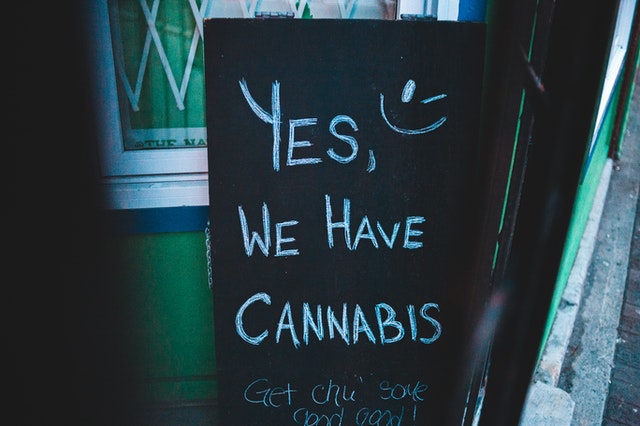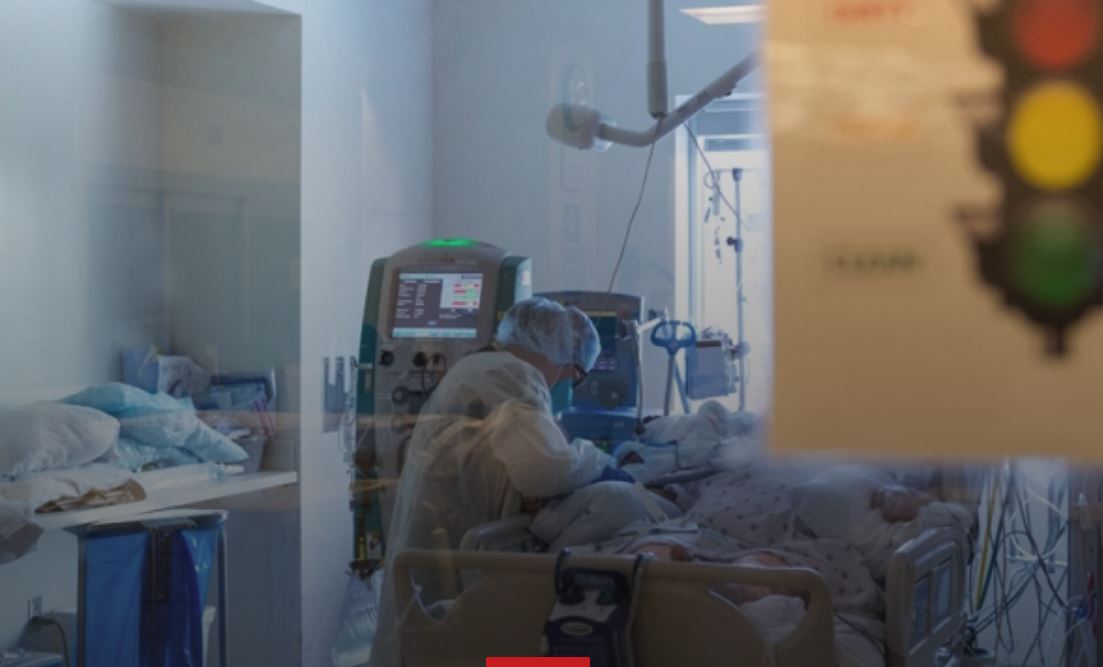The legalization of cannabis and the arrival of nonmedical fentanyl are fundamentally changing drug markets in North America. A large part of these changes relates to the ability to produce large quantities of the drugs at low costs, which has slashed wholesale prices for both drugs and retail prices for cannabis. A new analysis explores the effects of these changes on use. The analysis concludes that sharp declines in production costs for cannabis and opioids could dramatically reduce the price per dose for consumers in ways that alter patterns of use and dependence.
The analysis, by a researcher at Carnegie Mellon University (CMU), is published in the International Journal of Drug Policy.
“Historical analogies suggest that very large declines in price can have effects on use that go beyond just expanding traditional patterns of consumption,” explains Jonathan Caulkins, professor of operations research and public policy at CMU’s Heinz College, who wrote the analysis. “The overall situation with cannabis and fentanyl may look more different in 2040 compared to today — just as today looks different compared to 2000.”
Caulkins focused on the motivations for use of these drugs, factors that appear ready to change. He also considered market factors, noting that basic relationships among production costs, prices, and consumption have held up in markets over centuries. And he looked at wild cards — cultural, sociological, and political changes that could be equally influential.
Caulkins started with two key economic ideas: First, prices in competitive markets fall to match the marginal cost of production. For example, North American cannabis production costs have decreased as much as 95 percent. Second, when prices fall, consumption rises. This has occurred with cannabis, although as yet, there is no indication that fentanyl production has reduced retail opioid prices — but monitoring retail opioid prices is difficult.
Therefore, falling prices affect consumption, but the effects of precipitous declines may not be simply a larger version of the effects of modest price declines. Among other factors to consider is elasticity of demand, including how the degree of responsiveness to price changes varies from one setting to the next and from one outcome to the next. In short, for many products used widely by society (e.g., lighting and electricity, computers, cigarettes), Caulkins explains, their meaning changed when production costs fell radically.
“Liberalization of cannabis policy and reduced production costs may fundamentally change the place of cannabis in society,” Caulkins notes. Consider, for example, that cannabis operations are listed on the NASDAQ and Toronto stock exchanges, legalization has led to a wide range of products such as edibles and vaping, and advertising for the product has soared. More changes are likely, he suggests.
Significant declines in wholesale opioid prices could also have far-reaching and unexpected effects, Caulkins predicts. Among them: reducing the value of criminal organizations’ cross-border smuggling, making distribution less violent.
“We don’t know what the future holds,” he adds, “but I predict that if someone in 2040 lists the major changes in drug markets, use, and dependence that occurred since 2020, there will be items on that list that pertain to the declines in production costs brought about by cannabis legalization and the spread of synthetic opioids.”
Based on this prediction, Caulkins concludes: “It’s not too soon to invest more in monitoring markets to stay abreast of the diverse ramifications that may flow from these radical reductions in production costs.”

